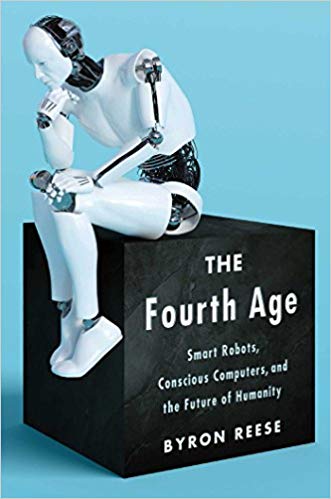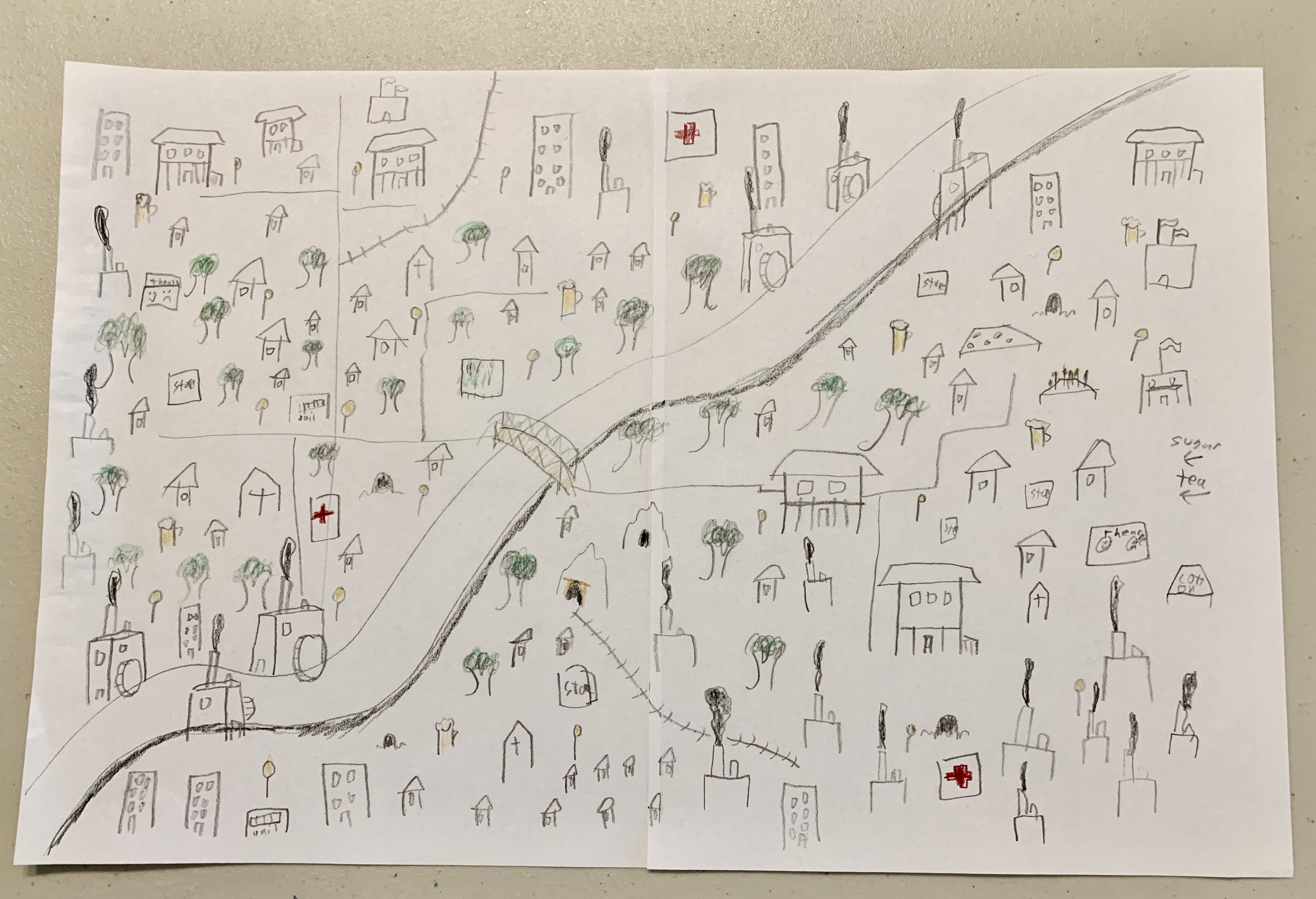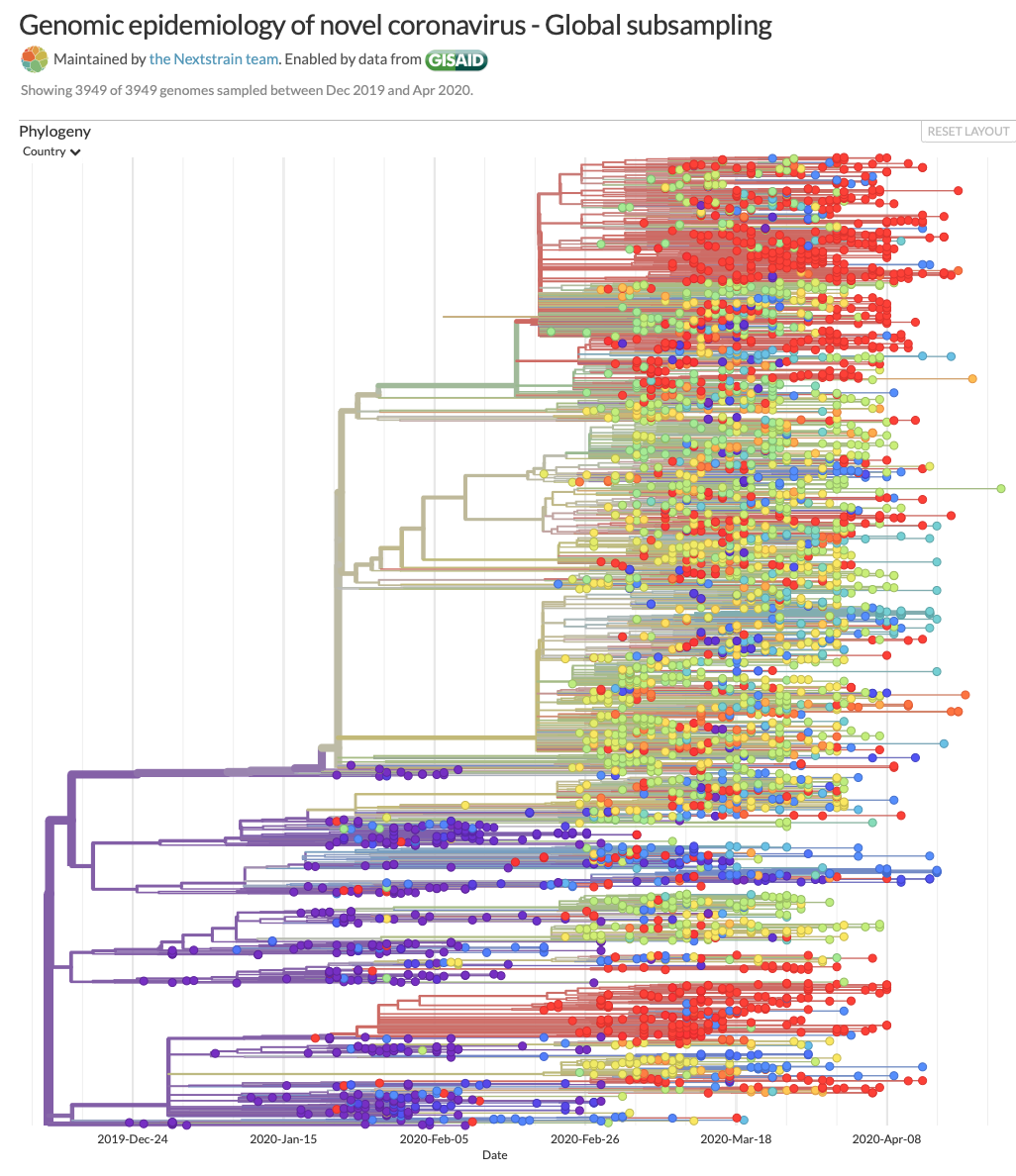My family is heavily involved with our local astronomy club, the Tri-Valley Stargazers, and we discovered last week that the SCU Lightning fire burned down the club’s observatory at our dark site. Club members were making the final touches on 2 years of upgrades and renovations and were hoping to have an open house as soon as the pandemic subsided. Now we have to start all over.
I didn’t get around to posting last week so I’l talk about the last two classes in this one post. Last week, I once again shared some of the latest science on the coronavirus, in particular some work being done in Bozeman, MT, where they tested the wastewater over time and found traces of the coronavirus that compared to the number of postive tests they were seeing in the community. They were also able to determine the origins of the coronavirus that affected the community by looking at its genome. This research is being lead by Blake Wiedenheft. I learned about the research by watching another of MSU Honor College’s weekly seminars. Then I split up the class into breakout rooms and gave them a list of Covid-19 Compelling Questions which I found online at C3 Teachers website. I gave my students an abreviated list of the questions and had them discuss them in small groups and then we went over some of them together.
This week, we talked about the A.I.s and robots. I had the students watch the following videos before class:
I started class with the Intelligent Paper activity (Computer science activities with a sense of fun), where I held up a piece of paper, only showing students the blank side, and claimed that it was a very intelligent piece of paper and I could prove it by having it beat them at tic-tac-toe. I shared a whiteboard and drew a tic-tac-toe board. We played two games, with one student playing as the intelligent paper, following the instructions listed on the paper versus another student who volunteered. The first game was a draw but the intelligent paper won the second game. The paper is basically a computer program, a list of instructions to be followed. It appeared to be intelligent, but perhaps it was just written by an intelligent person.
 I gave a fairly long slide show based on the first 9 chapters of The Fourth Age: Smart Robots, Conscious Computers, and the Future of Humanity by Byron Reese. I started this book just a few days ago and I’m about half way through it. Its very entertaining and I encouraged my students to get a copy and read it themselves. There were quite a few thought experiments in the book which lead to some class discussion. I used the polling feature on Zoom so students could anonymously answer some of the questions, like are we machines, animals or humans? Do you think the Universe is composed of just atoms (monist view) or atom + something else (dualist view). We discussed the difference between narrow AI and general AI and whether or not robots will steal all the jobs. You have to set up the polls before the zoom meeting starts and I thought I had set up two but I only saw the first one.
I gave a fairly long slide show based on the first 9 chapters of The Fourth Age: Smart Robots, Conscious Computers, and the Future of Humanity by Byron Reese. I started this book just a few days ago and I’m about half way through it. Its very entertaining and I encouraged my students to get a copy and read it themselves. There were quite a few thought experiments in the book which lead to some class discussion. I used the polling feature on Zoom so students could anonymously answer some of the questions, like are we machines, animals or humans? Do you think the Universe is composed of just atoms (monist view) or atom + something else (dualist view). We discussed the difference between narrow AI and general AI and whether or not robots will steal all the jobs. You have to set up the polls before the zoom meeting starts and I thought I had set up two but I only saw the first one.
That’s the official end of the Big History Class for this school year. Because we’re still sheltering in place in California, we will continue meeting informally to discuss science and stay in touch over the summer.
[homeschoolsciencegeek is a participant in the Amazon Services LLC Associates Program, an affiliate advertising program designed to provide a means for sites to earn advertising fees by advertising and linking to Amazon.com]
The same organization that provides the Big History Project curriculum now has a World History Project and I received an email about an Industrialization game of sorts from them. We had already talked about Industrialization last week, but I liked this activity since it was interactive and easy to do over zoom. I think you have to sign up (free) for the OER Project and join the community to access the Urban Game with contextualization pdf. It has some slides introducing the topic and then steps the students through drawing a small town on a large piece of paper. I had students tape two regular sheets of paper together if they didn’t have any large drawing paper handy and had asked them to have color pencils available during class if they could. The first step is to draw a river, two roads, one going NS and EW, 10 homes, a church, a cemetery, a common area (park), a store, a pub, a coal mine and 25 trees all over. This represents the town in 1700 in England. In 1745, a young captialist invests in a canal (draw it beside the river) and makes enough money to build a nice home. As time goes on, students add more houses, factories (near the river at first), etc. Eventually the steam engine is invented and all the factories now have smoke coming out the top and we get a railroad, tenements, more pubs and cemeteries… and so on. Students are only given a few minutes to draw each step. I felt this activity did a great job showing how the town evolved and put some of what we learned the previous week in context. Some students quickly ran out of room and had to squeeze houses in where they could, while some did some planning ahead of time and had all their factories in one area and homes in another. We didn’t really play it as a game, at the end you are supposed to count up how many houses, trees, factories, etc that you have and see if you got everything that was mentioned. But many of the students held up their maps to share with their classmates.
The first step is to draw a river, two roads, one going NS and EW, 10 homes, a church, a cemetery, a common area (park), a store, a pub, a coal mine and 25 trees all over. This represents the town in 1700 in England. In 1745, a young captialist invests in a canal (draw it beside the river) and makes enough money to build a nice home. As time goes on, students add more houses, factories (near the river at first), etc. Eventually the steam engine is invented and all the factories now have smoke coming out the top and we get a railroad, tenements, more pubs and cemeteries… and so on. Students are only given a few minutes to draw each step. I felt this activity did a great job showing how the town evolved and put some of what we learned the previous week in context. Some students quickly ran out of room and had to squeeze houses in where they could, while some did some planning ahead of time and had all their factories in one area and homes in another. We didn’t really play it as a game, at the end you are supposed to count up how many houses, trees, factories, etc that you have and see if you got everything that was mentioned. But many of the students held up their maps to share with their classmates.
The second activity we did was the Propaganda and WWII activity from Unit 9 in the Big History Project. I actually dug up some other propaganda posters before class and sent them to the students along with the ones provided by BHP. I used breakout rooms and let the students discuss the posters on their own. Some looked them up on the internet and found more posters and some that had been made into memes.
Next week we start unit 10 where we talk about the future.
I gave a presentation on the Industrial Revolution, talking about the various inventions like the Seed Drill, Flying Shuttle, Spinning Jenny, Cotton Gin and James Watt’s steam engine and how these inventions brought production of goods out of the home and into the factory. We also talked about trains and how they reduced travel time for goods and people.
I had given my students an optional art assignment to color a butterfly/moth so that it blends in with its surroundings, like the moths in England during the Industrial Revolution. I got two back, the one at the top of this post and the following. The students did a great job and if I had tried to find these hidden butterflies in my house, I’m not sure I would have seen them.
I gave my students an update on the efforts to test a vaccine for the cornona virus, in particular the Oxford Vaccine Trial which started this past week. This vaccine developed at the Jenner Institute has been shown to be effective in monkeys and they hope to have 6000 people in the next trial. They will be injecting half the people with the corona virus vaccine and the other half with a childhood vaccine and then track their progress over the next few months to see if there is a difference in the number of people in each group that contract the disease. This is not a challenge trial, where they would purposely expose the people to the vaccine.

My son is a student at Montana State University and their Honor College had a seminar last Friday by Cassia Wagner, a former MSU student who is now in a Medical Scientist Training Program at the University of Washington. She gave a presentation on their work using the genomes of the cornona virus to track how its spreading around the world. Ms. Wagner was nice enough to share her slides so I gave my students a simplified summary of her talk. They have the genomes for over 11,000 virus samples, from around the world (59 different countries). As the virus spreads and copies itself, errors or mutations occur in its genome and by looking at those mutations and how the samples differ they are able to map out a phylogenetic tree for the virus. You can look at their data on the nextstrain.org website. I put a screenshot up above. The purple dots are samples from China, the greenish/yellow dots/lines indicate Europe and the red dots and lines are for North (red) & South (more orange) America. The x-axis is time, so on the far left of the chart there are only purple lines, showing the virus began spreading in China. In February we see some red dots/lines near the bottom of the chart which are samples from Washington State and by comparing the genomes they can tell that virus came directly from China, its more similar to the China samples than the ones in Europe. You can use the Clock option on their tree and map and watch the virus spread from China to Europe and North America and then spread from those centers.
To help my students understand how this works, I took a phylogentic tree activity (Bioinformatics with pen and paper: building a phylogenetic tree) for primates and relabeled the strings of DNA for different viruses and had the students compare the different samples to see which ones were more closely related and draw their own phylogenetic tree.
We finished student Little Big History presentations today, we learned about the history of soap, quills & pens, saddles, phones, tattoos and western art music. These were really interesting and I’m kind of bummed their over. We didn’t have a whole lot of time left over so I gave a short description of GIS – Geographic Information Systems and asked the students to do some GIS lessons I found online at esri as homework for next week. I also asked students to use a world map that I emailed them to make a GIS graphic for their Little Big History, or if their topic isn’t well suited for that they can pick something else. I showed them one I made for Vanilla, not very complicated but shows where vanilla originated and when it was taken to other locations.
Here’s a brief introduction to GIS:
I also told my students about a recent study on remdesivir, an antiviral drug that is showing some promise in reducing symptoms, particularly lung damage due to COVID-19. The study was performed on 12 monkeys, all infected with the disease and 6 treated with remdesivir and 6 treated with a placebo. The person monitoring the health of the monkeys did not know which ones were given remdesivir. The monkeys treated with remdesivir faired significantly better than the ones that did not receive the antiviral. A trial with 800 people is now in progress and should have results by the end of May.



